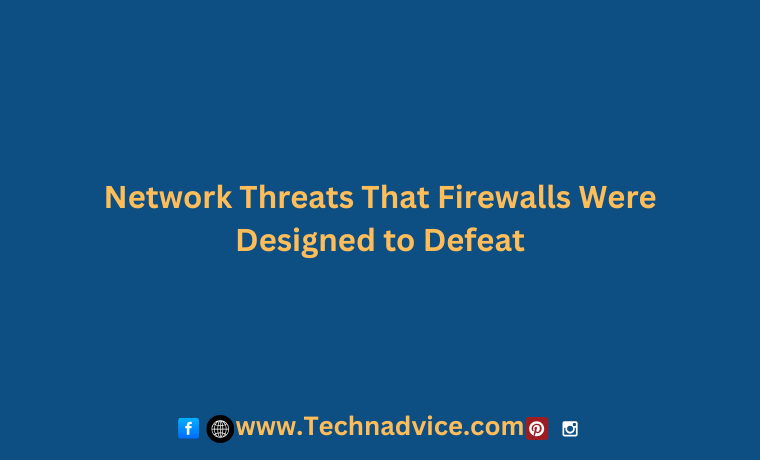Businesses rely heavily on digital infrastructure to operate efficiently. However, with this reliance comes increased exposure to cyber threats that can disrupt operations, compromise sensitive data, and damage reputations. Firewalls have long served as a critical line of defense, designed to detect and prevent malicious activity before it infiltrates a network. Understanding the threats they counter helps tech teams appreciate the importance of deploying the right solutions.
Table of Contents
Malware and Viruses
Malware, including viruses, trojans, and ransomware, remains one of the most common threats to networks. These malicious programs can infiltrate systems through email attachments, downloads, or vulnerable applications. Once inside, they can corrupt data, lock users out of systems, or even spread laterally across the network. Modern firewalls, particularly next-generation models, are equipped to identify and block these threats before they reach critical systems, providing real-time protection against evolving malware strains.
Phishing Attacks
Phishing attacks are deceptive attempts to trick users into revealing personal or corporate credentials. Attackers often use emails or fake websites to pose as legitimate entities, leading unsuspecting employees to disclose sensitive information. Firewalls with integrated web filtering and threat intelligence capabilities can block access to malicious websites and flag suspicious activity, significantly reducing the risk of successful phishing attempts. This protective measure ensures employees aren’t unknowingly providing cybercriminals with an entry point into the network.
Intrusion Attempts
Hackers constantly probe networks for vulnerabilities that can be exploited to gain unauthorized access. Intrusion attempts can come in the form of brute force attacks, SQL injections, or exploitation of unpatched software. Firewalls act as gatekeepers, monitoring inbound and outbound traffic for abnormal patterns and blocking suspicious activities. Advanced intrusion prevention systems (IPS) embedded in firewalls allow organizations to stay ahead of attackers by automatically detecting and neutralizing threats.
Denial-of-Service (DoS) Attacks
Denial-of-Service attacks aim to overwhelm a network or server with traffic, rendering it unusable for legitimate users. Such attacks can cripple business operations, leading to financial losses and reputational damage. Firewalls can mitigate these attacks by identifying unusual traffic spikes and filtering out malicious requests, maintaining network availability even under heavy attack. By providing robust DoS protection, firewalls ensure business continuity and minimize downtime.
Unsecured Remote Access
With the rise of remote work, unsecured remote connections have become a prime target for cybercriminals. Without proper safeguards, attackers can exploit weak VPNs or unprotected endpoints to infiltrate networks. Firewalls with VPN support and strict access controls help secure remote connections, ensuring that only authorized users can access sensitive resources. This layer of protection is crucial for organizations that allow employees to connect from multiple locations or personal devices.
Advanced Persistent Threats (APTs)
APTs are sophisticated attacks that target specific organizations, often remaining undetected for long periods. These threats can steal intellectual property, sensitive data, or even manipulate critical operations. Modern firewalls are designed to detect unusual patterns and behaviors indicative of APTs, using threat intelligence and real-time monitoring to stop attacks before significant damage occurs. Integrating these firewalls into a broader cybersecurity strategy enhances overall resilience.
Choosing the Right Firewall
Selecting a firewall that aligns with your organization’s needs is critical. Solutions like WatchGuard Online M Series Firewalls offer a comprehensive defense against malware, phishing, intrusions, DoS attacks, and APTs. With advanced security features and real-time monitoring, these firewalls equip IT teams with the tools necessary to maintain a secure and resilient network.
Conclusion
Firewalls are more than just a barrier; they’re an active defense mechanism designed to combat a wide array of network threats. By understanding the specific dangers they protect against, businesses can make informed decisions and safeguard their digital infrastructure against the ever-evolving landscape of cybercrime.

Leave a Reply